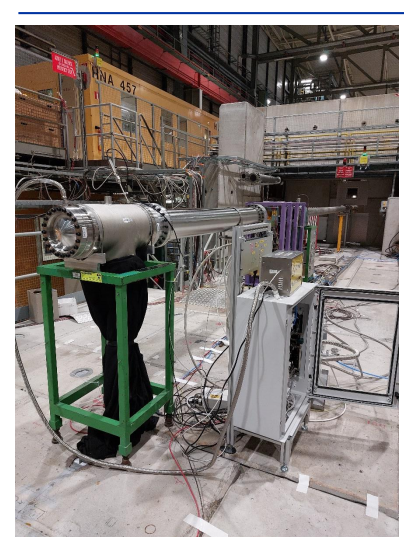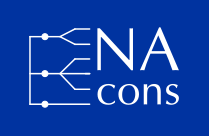11 OCTOBER 2025 | Kristiane Bernhard-Novotny

As part of the North Area Consolidation programme NA-CONS, a new XCET threshold Cherenkov detector was put to the test on one of CERN’s North Area beamlines a year ago, marking the rebirth of a technology that has quietly supported particle physics for half a century.
 For decades, XCET threshold Cherenkov detectors have helped scientists understand what kind of particles make up the mixed beams used in experiments at CERN. They belong to what is known as beam instrumentation, the collection of tools that measure and monitor the properties of particle beams, from their intensity and position to their composition.
For decades, XCET threshold Cherenkov detectors have helped scientists understand what kind of particles make up the mixed beams used in experiments at CERN. They belong to what is known as beam instrumentation, the collection of tools that measure and monitor the properties of particle beams, from their intensity and position to their composition.
Inside each XCET, particles fly through a gas-filled tube faster than light can travel through that same gas, though still slower than light in a vacuum. This creates a faint flash of Cherenkov light, which is reflected by a small mirror and captured by a light sensor called a photomultiplier tube. By adjusting the gas type and pressure, the detector can tell which particles are present in the beam.
The XCETs installed in CERN’s East Area, North Area and Neutrino Platform have served reliably since the 1970s, but after 50 years their aluminium bodies and mirrors were showing their age. Meeting modern safety and performance standards meant it was time for a complete redesign.
A team from SY-BI, EN-MME, EP-DT, SY-STI, and the Experimental Areas (EA) groups joined forces to create a new prototype. The new model includes a precisely machined parabolic mirror that collects more light from each particle, designed with the help of computer simulations and produced with diamond-turning precision from aluminium.
In October 2024, the prototype was tested on the H8 beamline in CERN’s North Area, using helium and carbon-dioxide gases at pressures up to 15 bar. It was compared with one of the existing detectors located in the Neutrino Platform and performed beautifully. After fine-tuning the alignment between the mirror and the light sensor, the new XCET produced stronger, cleaner signals than its predecessor by 40%.
An improved mirror coating further boosted the light yield by up to 15%, confirming the success of the optical redesign.
“This was the first time new prototype was tested for the XCET family of detectors in close to fifty years,” says beam physicist Maarten van Dijk, who helped testing the new XCET. “The beam test was a success: it showed substantially improved performance and provided further guidance on how to further optimize the design and light collection for future generations.”
Useful links:
